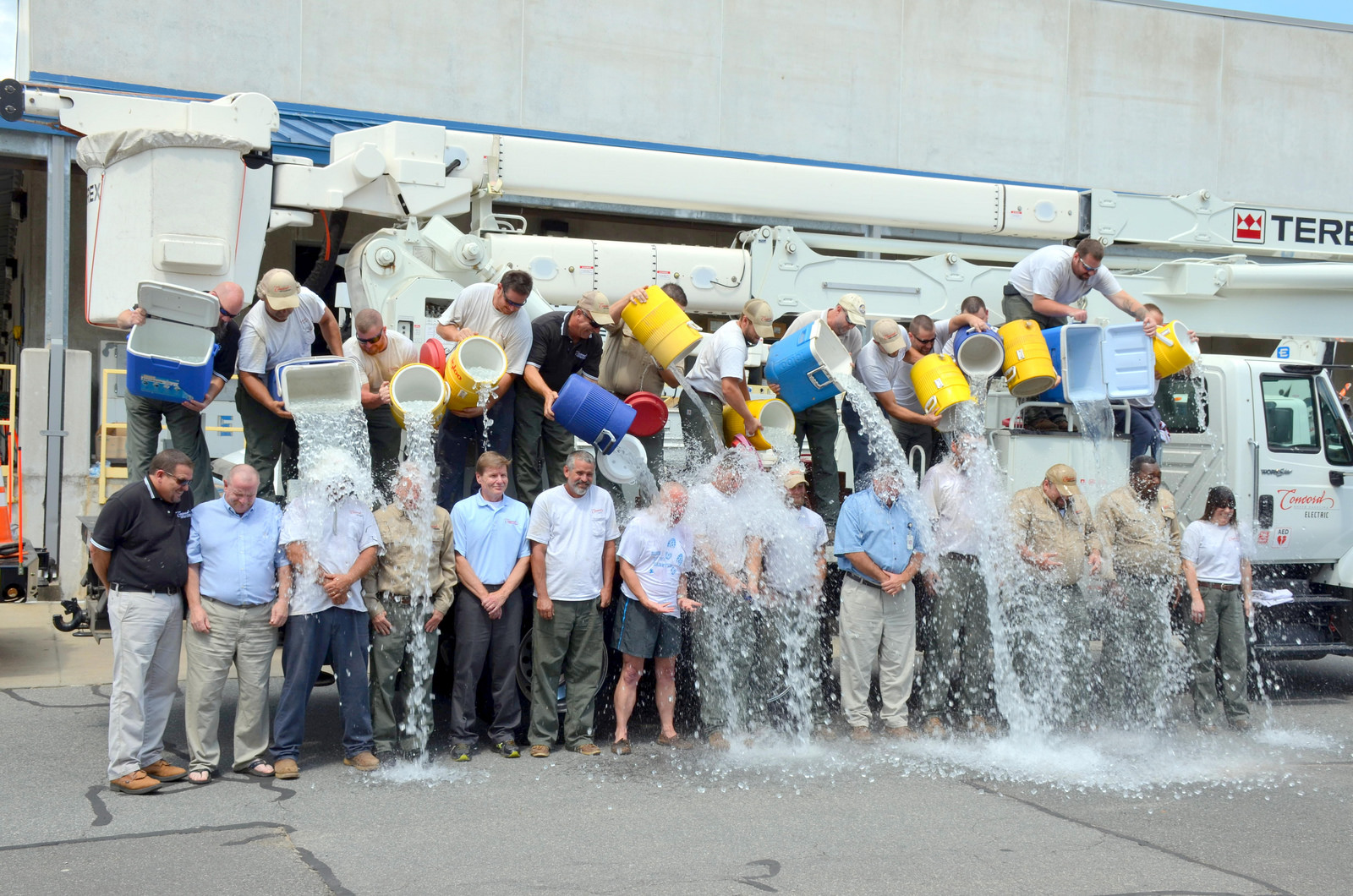
Some PR campaigns raise $100 million, some win awards at the PRIA or IABC, some achieve desired outcomes and some fail. What makes a great PR campaign?
As an agency, we often find ourselves explaining the difference between week to week media coverage and PR campaigns. Media coverage is important. It generates brand awareness. However, often, media coverage follows the event. Stories will always be reactive. Strategic PR campaigns, on the other hand, dictate what events and activities the company should be organising. Media relations may be part of the campaign – a channel – but not the whole part.
Beyond media, channels include social media, content partner social media, email, website content, eNews, industry eNews, events and conferences, newsletters, direct mail, and importantly, word-of-mouth.
If the campaign is well thought-out, the company will communicate the right messages through the most appropriate channel, at the right time, through the right spokesperson with a resulting change in target audience behaviour. A carefully executed campaign will ensure that the right message moves from mouth to mouth.
The company is faced with a challenge and wants to achieve a certain outcome. This is when PR campaigns are often most useful. It outlines what, when, why, where and to who the company should communicate in order to change behaviour and achieve its objectives. Here a strategy is essential. It considers goals and objectives, target audience, available communication channels, key messaging and tactics.
One simple yet highly successful PR campaign was the ALS Ice Bucket Challenge. It involved dumping a bucket of ice water on someone’s head to promote awareness of the disease amyotrophic lateral sclerosis (ALS) and encourage donations for research. A simplified analysis of the campaign would be as follows:
- Goal: To promote awareness of the disease amyotrophic lateral sclerosis (ALS) and encourage donations to research.
- Target audience: Primary: People who are interested in donating funds to ALS research. Secondary: People who are not aware of ALS Association or the ALS disease.
- Strategy: Leverage competitive tension and natural human urge to goad.
- Channels: Youtube, Facebook, Twitter, Website.
- Tactics: State the rules of the participation in the ice bucket challenge.Encourage participants to spread the message on social media and, in the real world, by word-of-mouth by soliciting celebrity involvement.
- Key messages: Amyotrophic lateral sclerosis (ALS) is a nuerodegenerative disorder. Bet you can’t do it!
While this is a simple analysis of the campaign, the same approach applies to all campaigns. Some campaigns will be highly complex and comprise of a series of events, or a combination of different channels. The same approach will always apply nevertheless.
So, if you are considering generating a PR campaign, here are four tips to keep in mind:
- Outcome: Always keep the desired outcome in mind. If the communication does not further achievement of the outcome, then it is unnecessary.
- Identify a unifying theme: One strong theme will ensure that the campaign is easy to grasp by the target audience.
- Link the theme to the objective: For example, if you want to emphasise the quality of a toothbrush, create a campaign where people can touch and feel the toothbrush such that they will want to purchase it, or come back later to purchase it.
- Be creative: High impact campaigns have at times been quite humorous and have spoken to the child in all of us.
The ice-bucket challenge campaign raised in excess of $100 million dollars. Whether the outcome sought is big or small, PR campaigns work if they are executed well.

